Risk Management Guide - Expert Risk Management
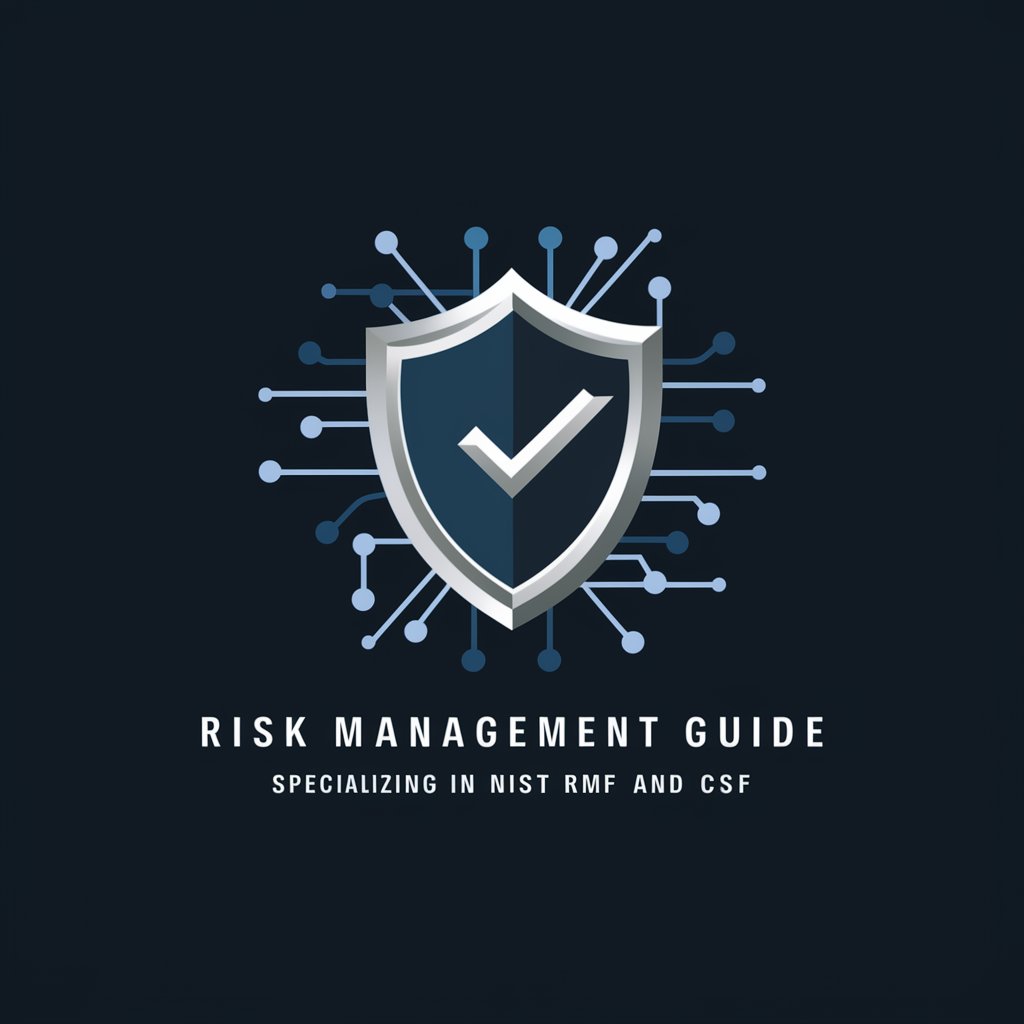
Welcome to Risk Management Guide, your expert in NIST RMF and CSF.
AI-Powered Risk Management Expertise
Guide me through developing a risk assessment plan using the NIST RMF framework.
How do I conduct a gap analysis in alignment with the NIST Cybersecurity Framework?
Explain the steps involved in executing a comprehensive risk assessment.
What are the key components of a successful risk management strategy?
Get Embed Code
Overview of Risk Management Guide
Risk Management Guide is a specialized advisory resource designed to assist organizations in understanding, developing, and implementing effective risk management strategies, particularly within the context of NIST Risk Management Framework (RMF) and Cybersecurity Framework (CSF). Its core purpose is to provide detailed guidance on identifying, assessing, and mitigating risks associated with information systems and cybersecurity. By leveraging industry best practices and standards, Risk Management Guide helps organizations protect their information assets and ensure compliance with regulatory requirements. Examples of scenarios where Risk Management Guide proves invaluable include guiding an organization through the NIST RMF process, from categorizing information systems to monitoring security controls, and assisting in the alignment of cybersecurity policies with the NIST CSF to enhance resilience against cyber threats. Powered by ChatGPT-4o。

Core Functions of Risk Management Guide
Developing Risk Management Strategies
Example
Assisting an organization in creating a comprehensive risk management plan that aligns with its business objectives and regulatory obligations. This includes identifying critical assets, assessing threats and vulnerabilities, and prioritizing risk mitigation efforts.
Scenario
An organization needs to align its cybersecurity efforts with its overall business strategy to ensure resources are allocated efficiently. Risk Management Guide facilitates this by providing a structured approach to identifying the most significant risks and developing a tailored risk management strategy.
Crafting and Executing Risk Assessments
Example
Guiding the process of conducting detailed risk assessments to evaluate the potential impact of identified threats and vulnerabilities on an organization's operations and objectives.
Scenario
A healthcare provider seeks to comply with HIPAA regulations by assessing risks to patient data. Risk Management Guide outlines a step-by-step process for evaluating threats, vulnerabilities, and impacts, leading to a prioritized list of risks and recommended controls.
Conducting Gap Analyses
Example
Identifying discrepancies between current cybersecurity practices and the desired state as defined by frameworks like NIST RMF and CSF, followed by recommendations for bridging these gaps.
Scenario
A financial institution needs to assess its compliance with the NIST CSF. Risk Management Guide provides a methodology for comparing current practices against CSF standards, highlighting areas of non-compliance and suggesting actionable steps for improvement.
Target User Groups for Risk Management Guide Services
Information Security Professionals
Cybersecurity analysts, CISOs, and IT managers responsible for protecting organizational information assets. These professionals benefit from the Guide's in-depth knowledge on risk assessment methodologies, control implementation strategies, and compliance reporting.
Compliance Officers and Auditors
Individuals tasked with ensuring that organizations meet legal and regulatory requirements. They utilize the Guide to understand the intricacies of frameworks like NIST RMF and CSF, enabling them to audit practices effectively and identify areas requiring improvement.
Senior Management and Decision Makers
Executives and board members seeking to understand the risk landscape of their organizations and make informed decisions regarding risk management policies and investments. The Guide provides strategic insights into aligning risk management with business objectives and regulatory demands.

Guidelines for Using Risk Management Guide
1
Access a free trial at yeschat.ai, with no login or ChatGPT Plus required.
2
Familiarize yourself with NIST RMF and CSF frameworks to understand the context of the guidance.
3
Present specific risk management scenarios or questions for tailored, expert advice.
4
Utilize provided risk assessment plans and gap analysis techniques for your organization's needs.
5
Apply the step-by-step instructions and industry-specific recommendations to your risk management strategies.
Try other advanced and practical GPTs
Reasoning by Chain of Thought
Empower decisions with AI reasoning
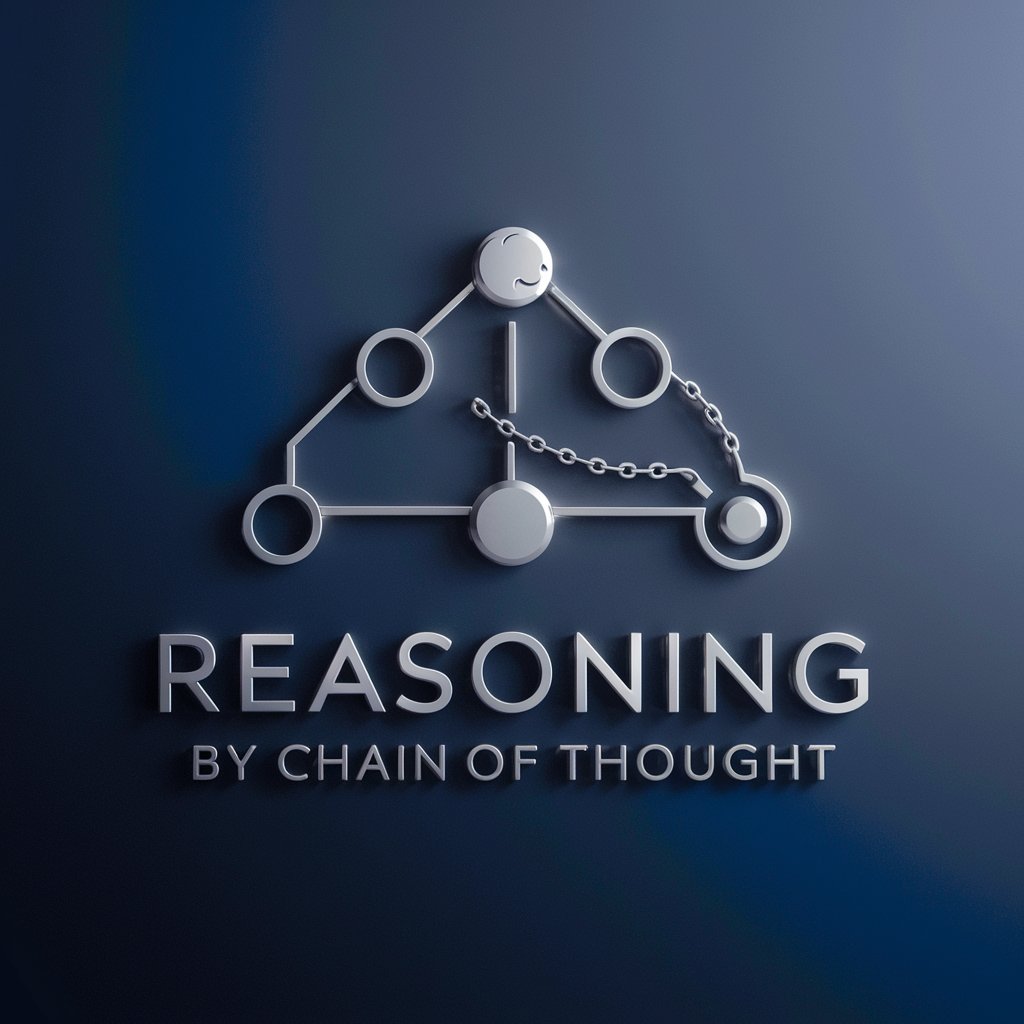
Job Scout
Empower Your Job Hunt with AI

Logistics Management
Streamline Your Supply Chain with AI

LogisticGPT
Optimize Inventory with AI-Powered Insights
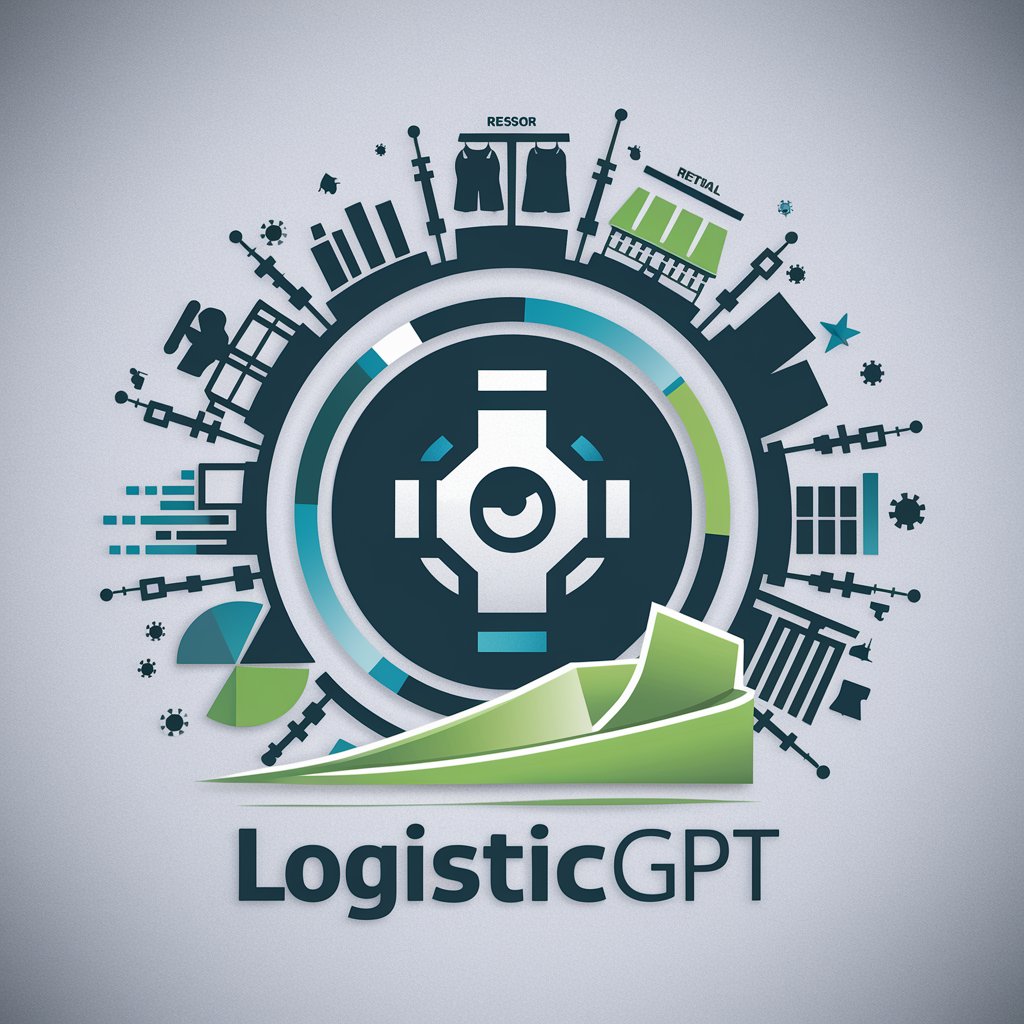
Inventory
AI-Powered Inventory Control at Your Fingertips
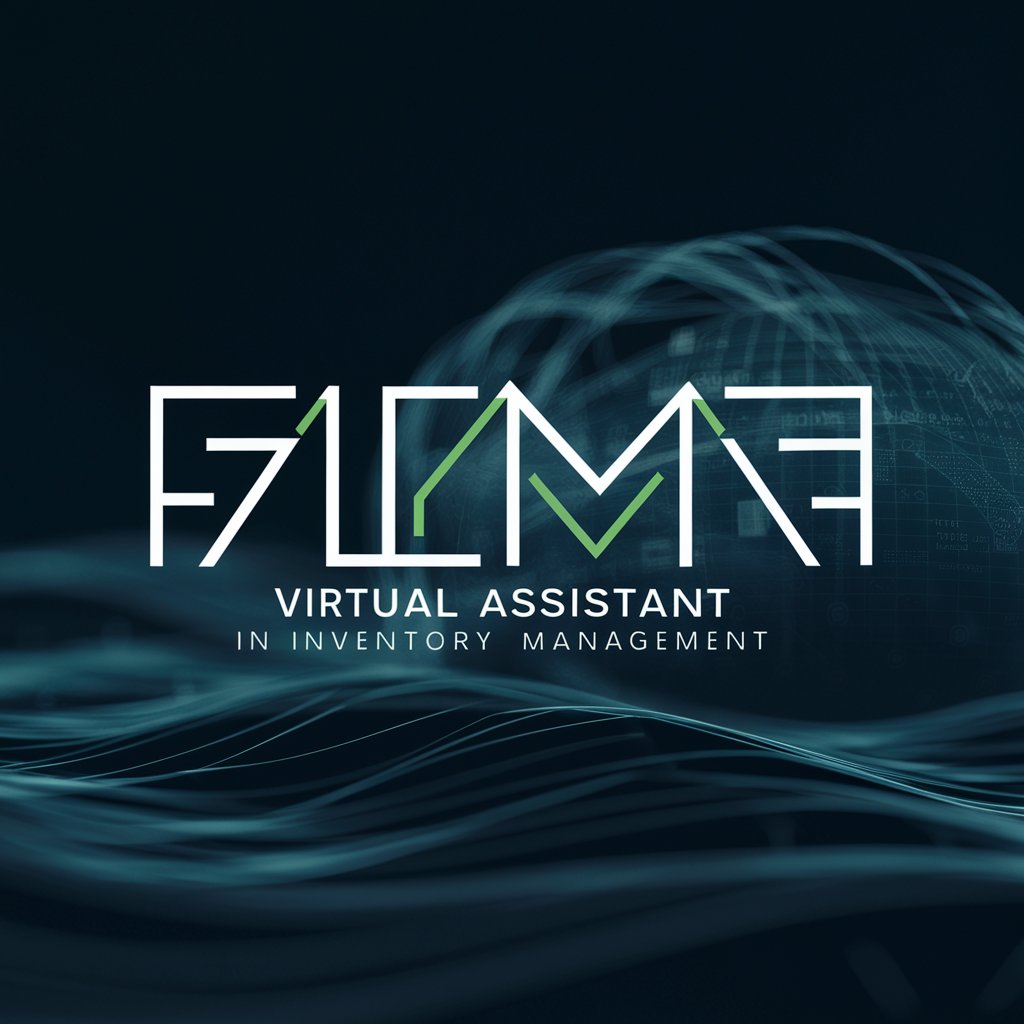
Visual Inventory Management GPT
Optimize Your Inventory with AI Insight
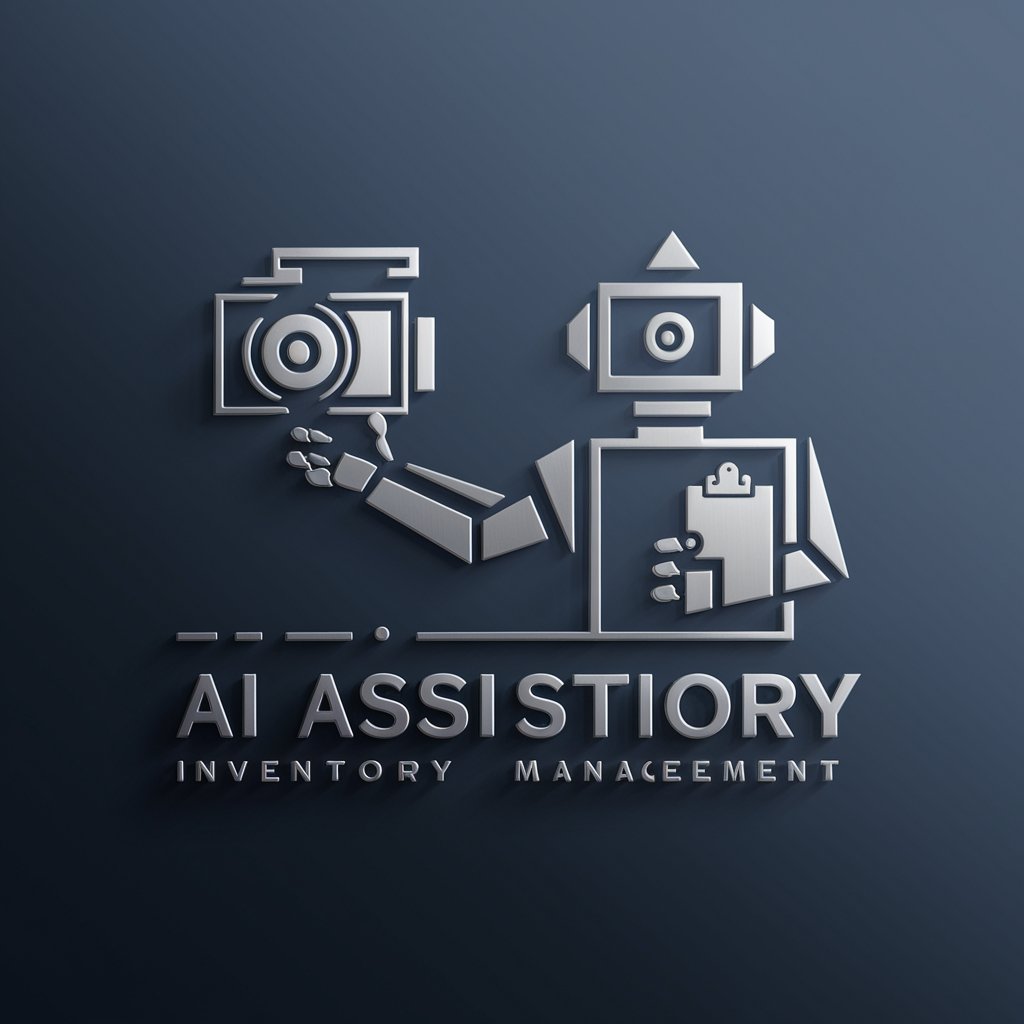
SEO Sage
Revolutionizing SEO with AI Expertise

SEO Sage
Empower Your SEO with AI Insight
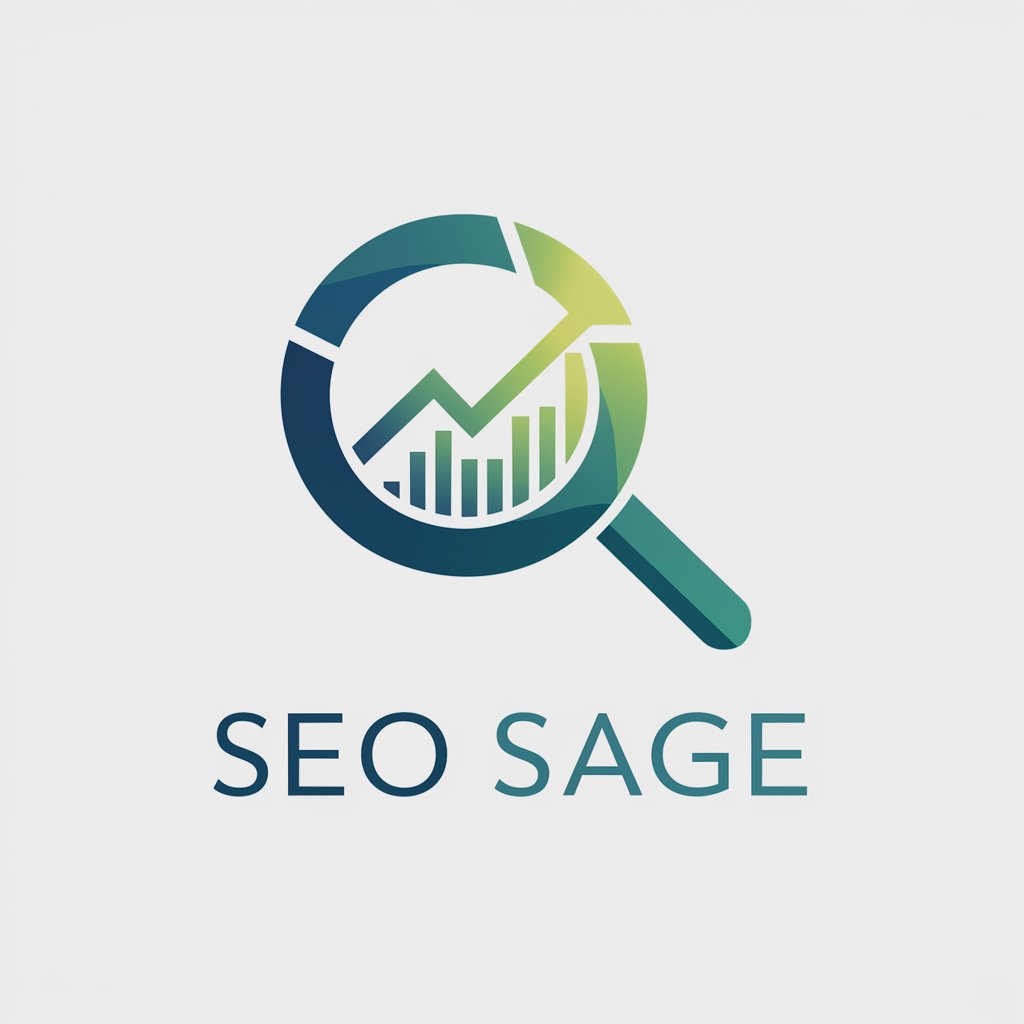
SEO Sage
Empowering SEO with AI Insights

Project Management Insighter
Empowering Project Success with AI
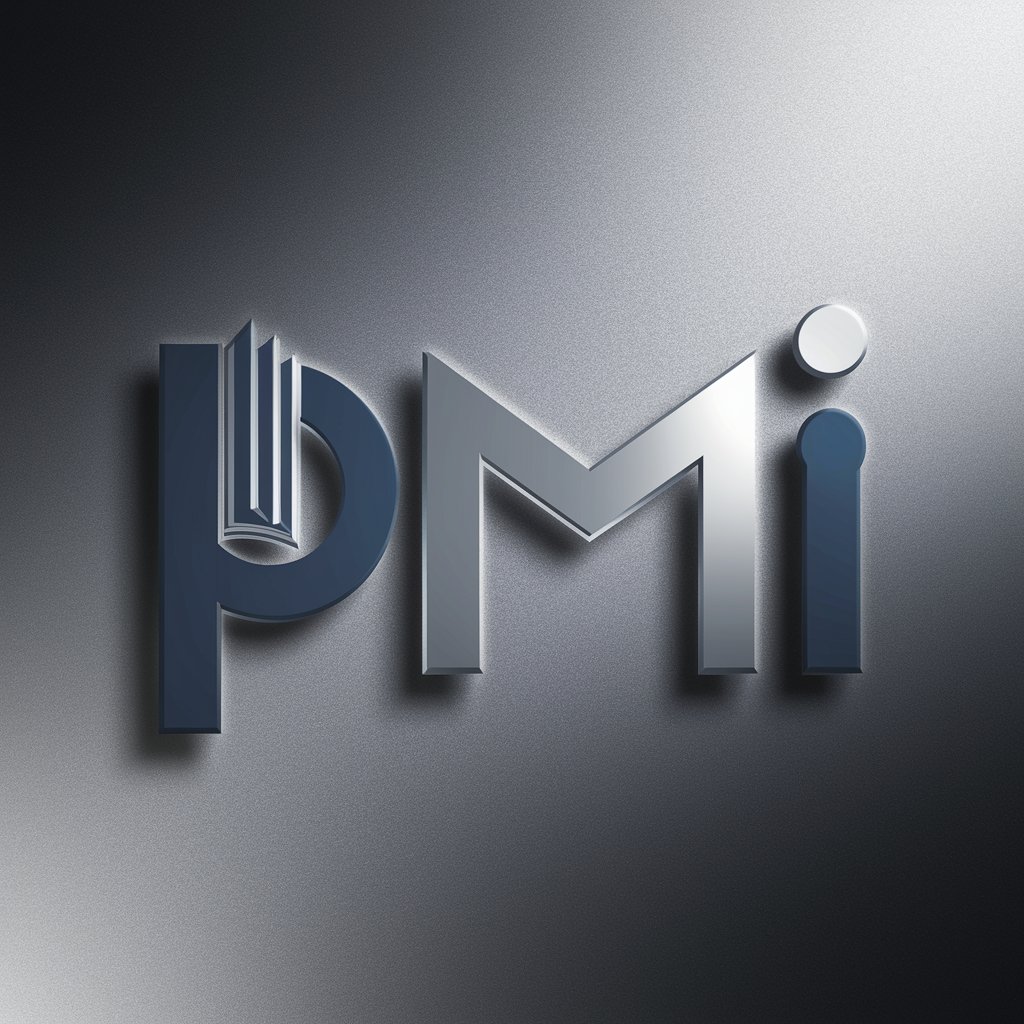
SEO Sage
Elevate Your Content with AI-Powered SEO

Purchasing Management
Streamlining procurement with AI power

Frequently Asked Questions about Risk Management Guide
How does Risk Management Guide integrate with NIST frameworks?
Risk Management Guide provides advice and strategies aligned with the NIST Risk Management Framework (RMF) and Cybersecurity Framework (CSF), ensuring compliance with recognized standards.
Can Risk Management Guide help in conducting gap analyses for cybersecurity?
Absolutely. It offers methodologies to identify and analyze gaps in cybersecurity measures compared to industry standards, aiding in effective risk mitigation.
Is this tool suitable for small businesses?
Yes, it offers scalable solutions and guidance that can be tailored to the risk management needs of small businesses.
Can I get help with creating a risk assessment plan?
Certainly. The tool provides comprehensive instructions for developing risk assessment plans, including identification, evaluation, and prioritization of risks.
How frequently is the information in Risk Management Guide updated?
The tool's content is regularly updated to reflect the latest in risk management practices and compliance with current standards.
